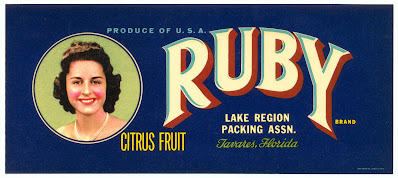In 1992, Dr. Prevatt visited the Nile Delta region of Egypt as a citrus expert for six weeks in May and June. During this time, he worked with the Agricultural Cooperative Development International program; the goal of this program was to create a line of dialogue between Egyptian and American farmers and researchers. Prevatt was selected to be the citrus expert because of his background knowledge in citrus. The main objective of his role was to help the growers in the region of interest with any issues they may be facing regarding their crops.
Upon arrival, Prevatt was tasked with determining what the major problems in the area were. He concluded that the region was plagued with poor irrigation, Phytophthora foot rot and psorosis were killing trees, lack of a hedging program, excessive use of chemical fertilizers, and closed plantings.
At the time, farmers had begun growing citrus in a region referred to as the “New Lands.” This area is made up of sandy desert soils. Other regions where citrus production takes place have silt soil. This means that the same farming practices cannot be used in both regions due to the differences in the soil. Silt soil is a combination of sand and clay. It is an extremely fertile type of soil because it is very good at water retention. Due to the aforementioned fertility of silt, it does not need to be fertilized often. Silt soil is one of the ideal soils for citrus production due to its loose form and drainage properties; Prevatt comments on the effects over-fertilization is having on the crops. For centuries, the Nile River would flood and deposit more silt on its banks. This flooding was later controlled by the production of the Aswan Dam in 1968. Sandy soil is made up of fine particles and is loosely packed. Due to this loose packaging, sandy soil tends to need to be fertilized because it does not hold on to nutrients well. Besides this, it is a good soil for citrus production as long as it is fertilized to ensure there are adequate nutrients present.
However, the biggest problem with citrus production in the New Lands is the lack of water. The Egyptian government was attempting to install canals and waterways to aid in agriculture. Due to a lack of funds and resources, the installation of these irrigation systems was not an easy one. Regardless, Dr. Prevatt made attempts to give help where applicable. Dr. Prevatt comments on an interaction he had with a farmer in Cairo. Upon meeting this farmer for what Prevatt thought was the first time, the farmer exclaimed “I know you” to Prevatt. After some discussion, they realized that the farmer had visited Florida Southern College years ago as part of a citrus exchange program. The Agricultural Cooperative Development International program has helped people all over the world and given people the opportunity to visit places they may have never seen.
Written by Tanzy Zviitwah, Florida Citrus Hall of Fame Fellow
In partnership with Florida Southern College’s McKay Archives Center
Spring 2024
--
Source:
Mack, Thomas B. History of the Citrus Institute, Florida Southern College, 1947-1993. Lakeland, Florida: Florida Southern College, 1993.




